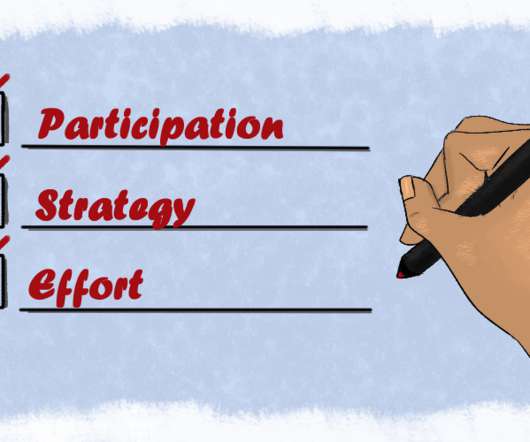Strengthening program evaluation in your nonprofit
ASU Lodestar Center
OCTOBER 16, 2020
As nonprofits attempt to tackle some of our communities' most difficult problems; funders, government agencies and the general public are actively calling for accountability, transparency and proof that a program is producing change. This call spurred the increasing demand for program evaluation. Create a written plan.












Let's personalize your content